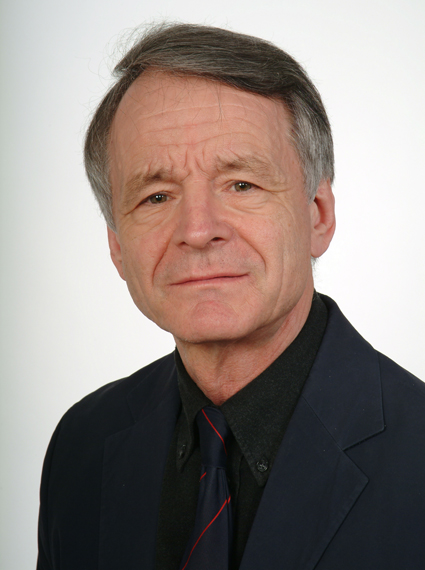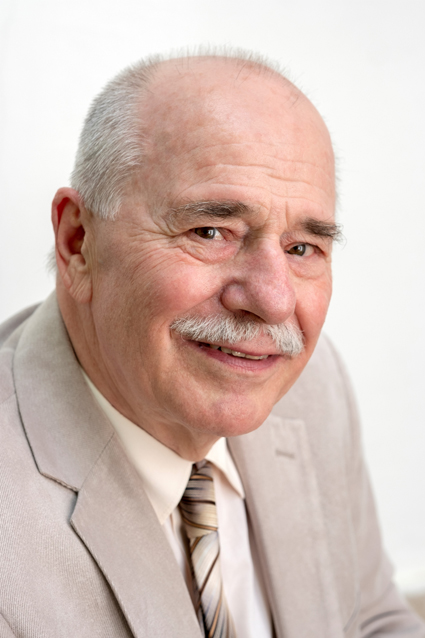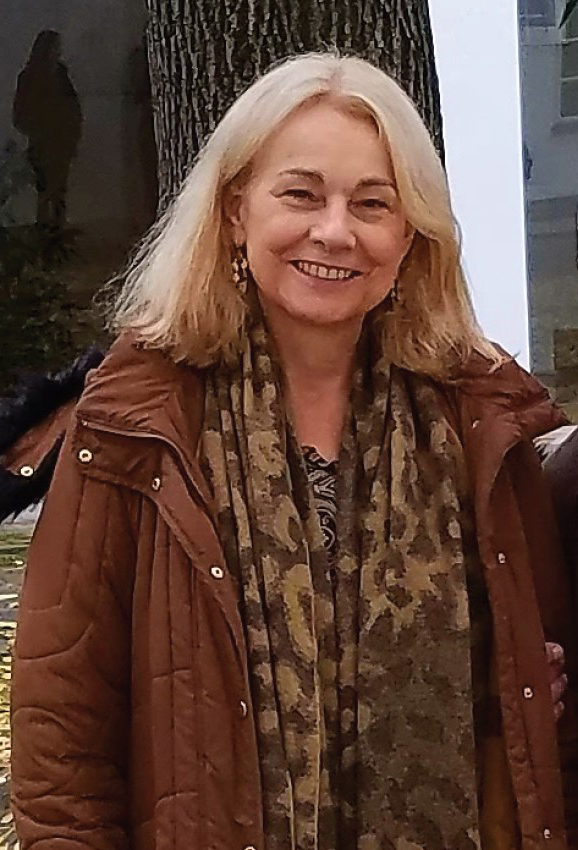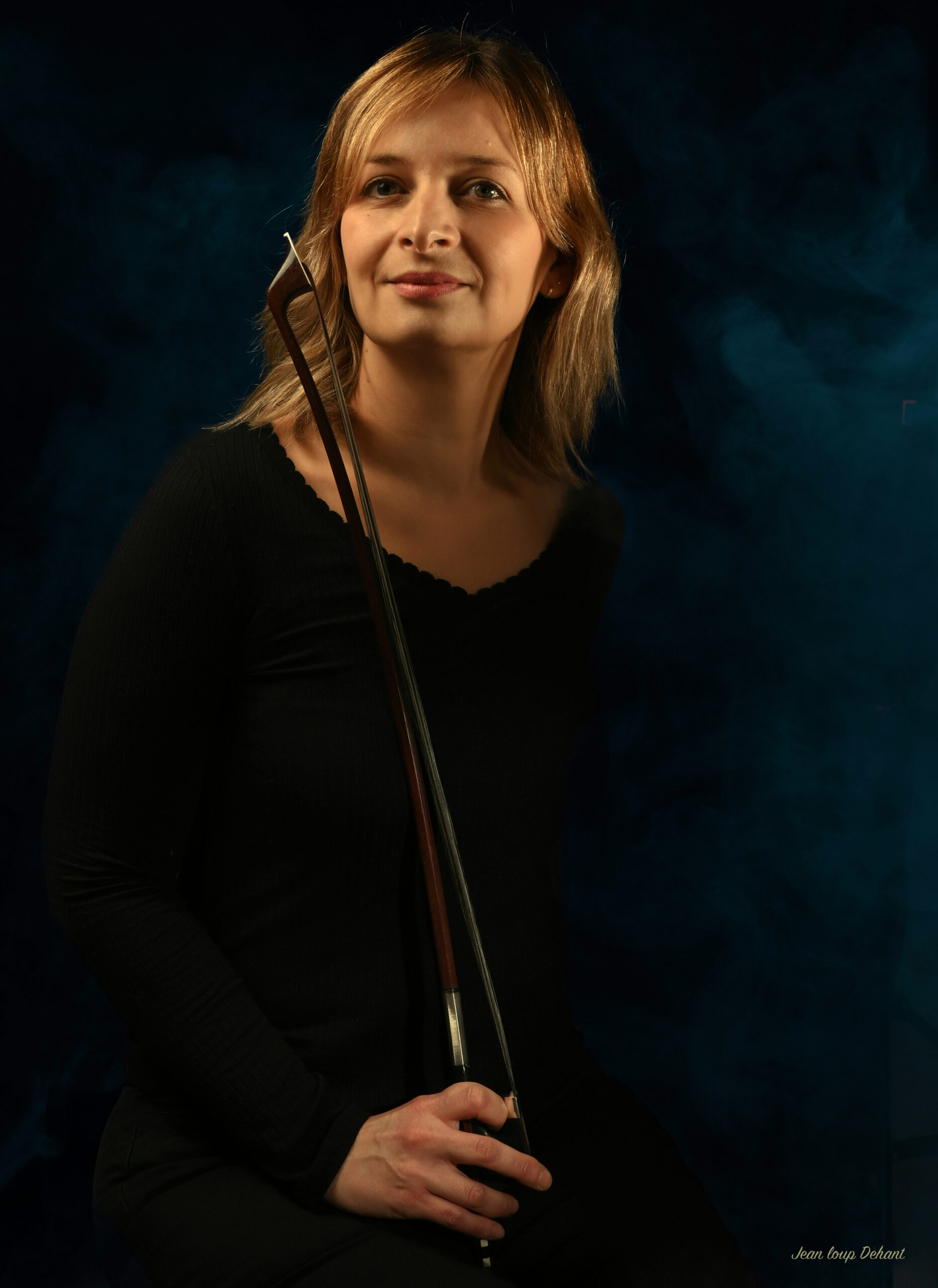
Géza Szilvay
Géza Szilvay (born in Budapest in 1943) studied the violin at the Béla Bartók Conservatory and violin pedagogics at the Budapest Music Academy, graduating in 1966. He also studied law and political science at the ELTE University in Budapest and took his Doctor’s Degree in 1970.
Géza Szilvay taught the violin at the East Helsinki Music Institute since 1971, and he was also appointed Principal of the institute. He was also teacher at the Sibelius Academy from 1978 to 2010. The renowned Helsinki Junior Strings (Helsinki Strings) was founded by Géza and his brother Csaba Szilvay, and together they conducted the orchestra until 2010.
Szilvay has been active throughout years in giving courses and lectures at several international teacher training courses. Colourstrings distance teaching is widely used, and Szilvay gives online video lessons to violin teachers in China, Australia and other countries. Videos of these sessions can be purchased via Minifiddlers. Géza Szilvay has been awarded several times; among the recognitions are the Culture Prize of Finland, the Hungarian State Award for Cultural Activity, the Pro Musica Award and the International Kodály Prize. Géza Szilvay has also been chosen as the president of ESTA (European String Teachers’ Association).

Csaba Szilvay
Csaba Szilvay (born in Budapest in 1941 ) is a cellist, teacher and conductor. He studied at the Béla Bartók Conservatory and the Liszt Ferenc Academy of Music in Hungary and received his diploma in 1970. Later he moved to Finland where he continued his cello studies at the Sibelius Academy. Together with his brother Géza they created the Colourstrings teaching method based on Zoltán Kodály’s philosophy. It began at the East Helsinki Music Institute and soon became a success in Finland, resulting in a TV program “Minifiddlers in Musicland” (Viuluviikarit musiikkimaassa). The method soon gained also international recognition, and the Szilvay brothers became known both as acclaimed string pedagogues, conductors and educators of children’s and youth orchestras. They were the founders and long-term conductors of the Helsinki Strings junior orchestra.
In recognition of his work for youth culture, Szilvay has been awarded the Knight Order of the Finnish Lion, the Culture Prize of Finland, the Hungarian State Award for Cultural Activity, the Culture Prize of Helsinki, the Pro Musica Award, the International Kodály Prize and the Order of the White Rose of Finland.

László Rossa
Music director, composer László Rossa was born in 1941 in Budapest. He studied at the Liszt Ferenc Academy and finished his composition studies receiving a diploma in 1972.
Already as a college student, Rossa joined the folk-dance movement, and later he continued his work as a composer and music processor.
During 1968-78 Rossa taught composition and music theory at the Béla Bartók School of Music in Miskolc. From 1978 onwards he was the music director of the Folk Theatre in Hungary and the Petőfi Theatre in Veszprém, among other posts. In 1982 he joined the Honvéd Ensemble as a music director, and he worked also as composer of the Honvéd Dance Theatre.
László Rossa started working in Finland in the 1970s. An important part of his work has been the input in the Colourstrings method. His compositions include chamber music works, trios, quartets and sonatas. László Rossa’s versatile oeuvre includes also works for the stage, film and TV, including music for numerous renowned choreographies.
Rossa has received several awards and recognitions for his valuable work in reviving an spreading Hungarian folk music tradition.

Pirkko Simojoki
Pirkko Simojoki is a lecturer at the Espoo and Porvoo Music Institutes in Finland, and she also teaches viola pedagogy at the Sibelius Academy. She gives pedagogical and master courses regularly in Finland and abroad.
From 2001 to 2014 Simojoki taught viola at the East Helsinki Music Institute, and in 2008 -2012 she was vice principal of the institute. She has been coaching and conducting several youth and children’s orchestras in East Helsinki, Porvoo and Espoo. She studied conducting with Jorma Panula.
Pirkko Simojoki started playing the violin at the age of five as a pupil of Géza Szilvay and changed to the viola when she was 14. She studied at the Sibelius Academy, receiving her artistic diploma in 1996. Post-graduate studies followed with Professor Yuri Gandelsman at the Rubin Academy in Tel Aviv. Pirkko Simojoki played the viola at the Finnish National Opera Orchestra from 1993 to 2001. She is the developer of the Colourstrings Viola Method.

Maryan Balkwill
Maryan Balkwill studied the cello with Anthony Pini and Joan Dickson at the Royal College of Music, London. After graduating, she moved to work in Edinburgh and continued her studies with Joan Dickson.
Balkwill has played with the Scottish Chamber Orchestra, the Scottish Baroque Ensemble and the Scottish Opera Orchestra. She worked as a cello teacher in Edinburgh at many schools including St. Mary’s Music School before returning to London. For several years Maryan Balkwill was Musical Director of a popular lunchtime chamber music concert series in Wimbledon. In 2005-2006 she studied at the Kodály Institute in Kecskemét, Hungary.
Balkwill teaches the cello using the Colourstrings method, the Kodály-based approach devised and established over 40 years ago by Géza and Csaba Szilvay in Helsinki, Finland.

Bérengère Scheppler
Bérengère Scheppler is a professional double bass player and teaches at a music conservatoire in northern France.
Scheppler met Géza Szilvay in 2008 when she was introduced to the rich world of the Colourstrings method and the musical teaching of Zoltàn Kodàly. Since then, she has been working to adapt the method to use with her instrument.
She has also endeavored to promote the teaching of strings to the very young children across the French conservatoires of music.
